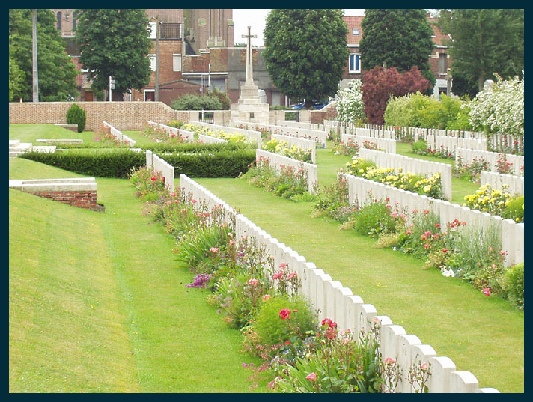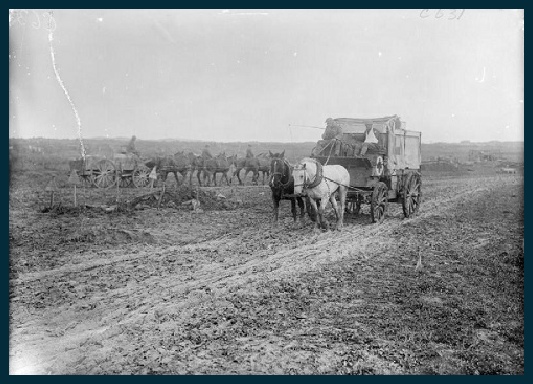Copyright © All rights reserved.



George Spencer

George Henry Spencer was the youngest son of Thomas Henry and Jane Ann (nee Thornton) Spencer who married in the Malton area in the last quarter of 1883. He seems to have been born in 1897 in Malton but it has not proved possible to trace his birth registration.
In 1901 the family was living in Pump Alley West, one of two narrow alleyways that ran off Old Maltongate roughly opposite the end of Church Hill, and Thomas Spencer was working as a brewery labourer, probably at Russell’s Brewery.
1901 Census – resident at 5 Pump Alley West Old Maltongate Malton
SPENCER, Thomas Henry, Head, Married, M, 43, Brewers Labourer, York Yorkshire,
SPENCER, Jane, Wife, Married, F, 44, , Malton Yorkshire,
THORNTON, Jane, Daughter, Single, F, 22, , Malton Yorkshire,
SPENCER, Maude, Daughter, Single, F, 15, General Domestic, Malton Yorkshire,
SPENCER, John, Son, Single, M, 13, , Malton Yorkshire,
SPENCER, Florence, Daughter, Single, F, 10, , Malton Yorkshire,
SPENCER, Francis, Son, Single, M, 6, , Malton Yorkshire,
SPENCER, George, Son, Single, M, 4, , Malton Yorkshire,
By the time of the 1911 Census, little had altered beyond the older children leaving home. Francis was now working as an apprentice joiner and wheelwright and George as a butcher’s errand boy. The young George also sang as a chorister at St Leonard's Church, so presumably the family were regular attenders there.
1911 Census – resident at 5 Pump Alley West Old Maltongate Malton
SPENCER, Thomas Henry, Head, Married, M, 53, Brewers Labourer, York Yorkshire,
SPENCER, Jane Ann, Wife, Married 27 years, F, 54, , Malton Yorkshire,
SPENCER, Francis Robert, Son, Single, M, 16, Aprentice Joiner And Wheelwright, Malton Yorkshire,
SPENCER, George Henry, Son, , M, 14, Butcher's Errand Boy, Malton Yorkshire,
George at first enlisted in the Yorkshire Regiment, in 1914 aged 18. He joined 2/5 Battalion, formed at Scarborough in September 1914 as a home service ("second line") unit. They moved to Darlington in November 1914 and Benton in April 1915 and later moved to Catterick. On 1 March 1915 the battalion came under orders of 189th Brigade, 63rd (2nd Northumbrian) Division, which was broken up in July 1916 and all category A1 men, now deemed by the Military Service Act to be available for overseas service, were posted.
It seems likely that this is the point when George transferred to the 4th Battalion of the York and Lancashire Regiment who were at Forceville on the Somme. The Battalion War diary records the arrival of draft of 120 men from 2/5 Yorkshire Regiment on 18th and 19th July along with draft from Northumberland Fusiliers and 5th and 2nd York and Lancaster Regiment and there seems little doubt that George was among them. The officer writing the diary does not seem over-
They were in the trenches of the Leipzig Salient the following day. The rest of the month was spent in heavy fighting with heavy casualties and no real progress; the month’s losses were 68 dead and about 430 wounded.
August saw more of the same in the Thiepval and Aveluy Wood areas in foul weather conditions. At the end of the month they received a message from the Commander in chief of the 49th Division “I do not think that any troops could have fought better than the 49th Division and I am proud to have you under my command.”
Early September saw more unsuccessful attacks and the Battalion coming under heavy howitzer and shell fire. They underwent gas attacks; tear gas (lachrymatory shells), “burnt oil” gas and Chlorine. The intensive fighting of September led to about 22 dead and 160 wounded and the award of several medals for gallantry.
The rest of 1916 was spent both in the trenches, where things were relatively uneventful, and in training. A highlight was the first round of the Battalion football match on Christmas Day.
In January 1917 the battalion moved into the Divisional Reserve but were soon back in the front line at Grosville. The weather was cold and snowy but the War Diary reports that: ”The trenches improved sufficiently to render the use of gum boots thigh unnecessary”!
February continued quiet, though punctuated by (usually unsuccessful) raids on the German trenches. In March they moved to the Neuve Chapelle sector where things continued in much the same pattern occasionally coming under fire from gas shells but with low casualties. During April and May the life of quiet days in the trenches, raids, patrols and training continued. A series of companies of Portuguese infantry were attached to the Battalion for training. Again the officer writing the diary is unimpressed “The men were found to be fairly well trained but it appeared the officers took no trouble to enforce discipline… The men appeared to be very interested in what was happening, though they were scarcely as well trained as the men who had been previously attached. The officers again showed a lack of interest in their men though they were keen to learn.”
On the 9th May, the Portuguese Infantry left the Battalion. A patrol led by Lieut. Clifford fixed a notice board to the German lines inviting the enemy to surrender – three men were wounded. The following day a bombing accident at the Brigade school left six men of the Battalion wounded. Presumably it was as a result of one of these episodes that George Henry Spencer died of wounds on 14th May 1917. He is buried in Merville Communal Cemetery Extension
Merville was a billeting and hospital centre from 1915-
George is commemorated in St Leonard’s Church and on the Town Memorial.
